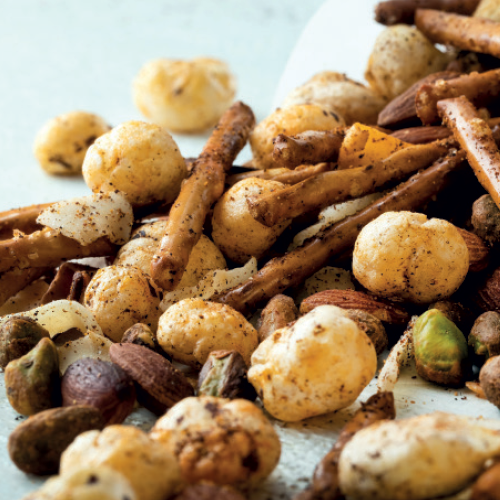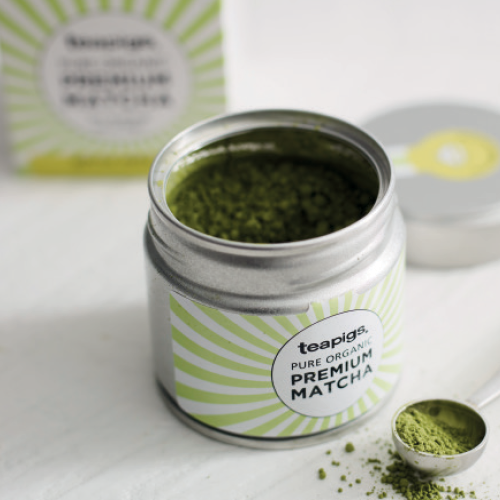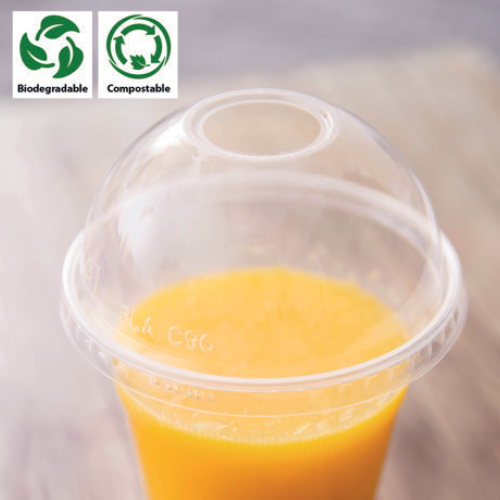Helena Drakakis looks at the key themes driving change in the foodservice industry and offers advice on how wholesalers can better serve their customers
The foodservice market is going through huge change, with several established chains in the casual dining sector facing challenges.
Added to this is an industry adapting to a new economic landscape. “The industry has got itself into a bit of a pickle. It’s not got its act together, in part because the offer put in front of consumers hasn’t been sufficiently vibrant or delivered in a vibrant way,” says food industry expert Peter Backman.
However, some restaurants are thriving by virtue of an enticing proposition, value for money and by embracing customer demands around convenience and provenance.
The Brexit effect
According to James Millward, managing director of dairy company Eurilait, while it is very difficult to predict what will happen post-Brexit, rising costs are almost a given. “The sad truth is that the threat of significant inflation is not scaremongering, it is a fact,” he says.
Wholesalers are already ahead with pre-Brexit planning, but uncertainty in the weeks and months ahead will bring a raft of challenges. “We know there will be an impact on product availability, regardless of the type of Brexit we face, through things like tariffs, price increases from currency fluctuations, and pre-Brexit ordering and duplication,” says James Bielby, chief executive of the Federation of Wholesale Distributors. “Wholesalers are already working with their customers to ensure they know what the impact will be. They are talking to them about possible alternatives or offering advice on menu ideas to meet changes in supply,” he says.
With this in mind, wholesalers should continue reviewing core products based on volume, sourced via the EU and assessing that according to risk of availability and from a cost perspective, estimated tariff impact and sales, adds Bielby.
Better for you
This year, Greggs’ newly launched vegan sausage roll hit the headlines, but the vegan trend has been steadily growing over time, explains Rob Rees, executive development chef at Creed Foodservice. “The vegan eruption was largely city-centric until national chains like Zizzi, Nando’s and JD Wetherspoon caught on. Increased demand has now opened up a whole world of delicious, animal-friendly dishes appearing on menus in restaurants, pubs and fast-food chains.”
Claire Williams, group marketing manager at Caterforce, agrees and advises wholesalers not only to consider more vegan and free-from dishes but also to look to include sugar-free options, where possible. “Health-conscious customers are looking for more superfoods and more fermented food options, so want to see more foods like kimchi, pickles and sauerkraut on menus,” she says, adding that raw food such as vegetables, meats, starchy foods and nuts will prove popular as the lack of cooking helps to preserve nutrients.
Furthermore, insight from supplier Ribble Farm suggests that the recent increase in sales of Afro-Caribbean flavours, including plantain, jerk seasoning, apricots and aubergine, is likely to have been driven by popular vegan and vegetarian lifestyles, as these aromatic flavourings play a leading role in dishes such as spiced falafels and vegetable tagines.
Delivery driving innovation
Foodservice platform Just Eat and delivery company Deliveroo have been dominating the takeaway market for some time (although Domino’s Pizza tops every restaurant for home delivery), and as footfall in high streets has dropped, more and more people are ordering from their favourite restaurants from the comfort
of home. The delivery phenomena is forcing innovation around packaging and food itself.
For example, Caterforce has introduced a coated chip range, so chips stay crispier for longer, and Lamb Weston has launched Hot2Home fries – a starch-coated chip, designed especially for the delivery market. Eco-packaging, albeit a burgeoning category, has gained momentum following much media attention around plastics. JJ Foodservice’s eco-packaging range is attracting 100 new customers a week and has almost doubled in weekly value compared to this time last year. The range includes compostable drink cups, biodegradable cutlery and packaging boxes and it is set to expand with clear salad containers, and paper soup containers, pots and plates.
Flavour profiles
Foods that pack a flavour punch continue to appeal to consumers in 2019. Wholesaler Bidfood has identified international flavours that are becoming more mainstream. “There’s a continued interest in global food. This melting pot of influences is reflected in the trends for next year,” says Lucy Pedrick, senior insights manager at Bidfood.
In particular, the street food and pop-up trend is driving the growth of Latin and Asian foods, with items such as goat increasingly appearing on menus as well as unusual products such as jackfruit. Funnybones Foodservice is seeing demand for the fruit that can be used in desserts and savoury dishes like vegan pulled pork, vegan burgers and nachos. “We are delighted that the rest of the world is discovering the attributes of one of our Jamaican staple ingredients,” says Marja Lawrence, the company’s commercial manager.
Tell a story
Consumers are increasingly interested in understanding the provenance of their food and the process by which it is made. “2019 will see diners embracing seasonal produce, foraged food and artisan products that have a story behind them,” says Bidfood’s Pedrick.
With Brexit looming, customers may look closer to home to source food, given the potential cost implications of importing. Locally sourced ingredients are likely to take centre stage, and knowing a product’s story is an additional selling point for the consumer.
According to a Mintel report published last year, widespread distrust has placed pressure on manufacturers to offer thorough and honest disclosures about how, where, when and by whom food and drink is grown, harvested, made and/or sold.
“The definition of sustainability is extending to encompass the entire product lifecycle. From farm to retailer to fork to bin and, ideally, to rebirth as a new plant, ingredient, product or package, this 360-degree approach will ensure resources are kept in use for as long as possible,” says Jenny Zegler, associate director for Mintel Food & Drink.
Moreover, deaths due to non-disclosure of allergens, such as that of Natasha Ednan-Laperouse, who went into cardiac arrest after eating a Pret Sandwich, has led to demand for transparency, traceability and clear labelling to the consumer.
Vendor viewpoints





Good in snacks or in place of beans in soups and stews, Lotus seeds from McCormick are crunchy, floral popcorn-like bites.

Pan’Artisan’s gluten-free dough pucks are supplied frozen and can be used in foods such as pizza, calzone, bruschetta and street food.

Teapigs has responded to tea flavour trends with a matcha tea and has introduced a matcha latte sachet for breakfast menus.

Lamb Weston is using innovation to revolutionise the fries home-delivery market with fries developed with an ultra-thin starch coating.

Caterforce has introduced new range of elegant & fresh cakes, perfect for afternoon tea and special occasions such as Mother’s Day and Easter.

JJ Foodservice has launched a new environmentally friendly packaging range that includes biodegradable and compostable cups.
Supplier viewpoint

Takeaway points
1. Work with the FWD – This will help to understand the impacts of Brexit as it has arranged a series of roundtable seminars with senior officials in Defra and DExEU.
2. Keep abreast of flavour trends – On-trend flavour profiles such as Latin, Asian and Afro-Caribbean are increasing
in popularity.
3. Focus on vegan – This trend continues to grow, as does a flexitarian diet, so make sure you cater for chefs who want to offer both meat and vegetarian/vegan options.
4. Offer eco-friendly packaging – With more consumer pressure on companies to source eco-packaging, innovation in this area will continue to grow.
5. Tell a story – Customers are expressing an interest in food that tells a story. Understanding traceability and communicating this to your customers will inspire loyalty.








